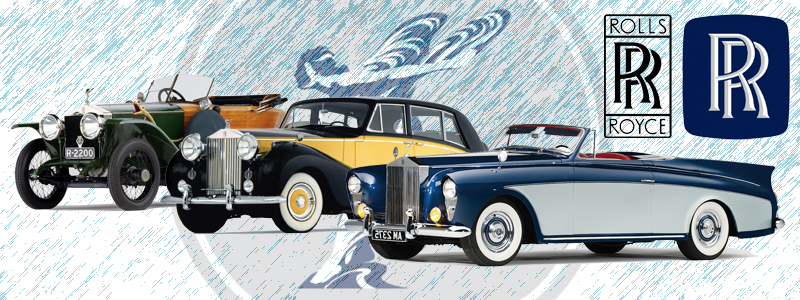Arguably the most famous partnership in automotive
history belongs to Rolls Royce. Having acquired
a Deauville car, Henry Royce was so dissatisfied
that he decided to build his own; somewhat of
a perfectionist his first car, the 10hp, ran
with unsurpassed precision. It would impress
many, none more so than one Charles Rolls, who
offered to sell as many cars as Royce could manufacture.
A partnership was formed, and Rolls Royce born. At first there would be only one model, a running
chassis 40/50 that required the purchaser to
obtain a body from a coachbuilder (a practice
not uncommon for the time). As demand grew, the
company would move from Manchester to Derby,
then came the smaller Twenty, powered by a new
overhead valve six of 3.1 liters, which would
grow to 4.3 liters by 1936.
The 40/50 was replaced
by the awesome 7.6 liter Phantom, which featured
a hypoid rear axle with allowed the body to sit
lower on the car, resulting in a significant
handling improvement; this would be the last
car designed by Royce, he passing in 1933. Subsequent
exports to the US market would ensure the marques
survival through the difficult depression years,
there even being a factory set up in Springfield
Massachusetts (in 1919) to build cars not only
designed for US conditions, but to avoid the
crippling US Tariff’s.
The Phantom III
of 1935 was powered by a V12 to help it compete
with the best Detroit could offer, it fitted
with independent front suspension. The company
would garner a stellar reputation during the
Second World War with the Merlin engines fitted
to Britain’s Spitfire fighter and Lancaster
bomber. After the war Rolls Royce switched to
providing their cars with factory fitted bodies,
each built with the same care and precision that
went with the chassis and engines. It has always
been the case that Britain has produced the finest
in quality combined with upper-class, the
Silver Ghost, Silver Cloud and Silver Shadow
are without peer, and only one company would
have dared manufacture cars of this ilk, one
founded by a perfectionist of course.
Also see: Rolls-Royce History - The Spirit Of The Silver Ghost |
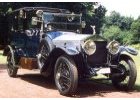 |
|
1907 - 1926
Undeniably an elitist car - particularly in the 1920's,
the Silver Ghost's chassis alone cost approximately US$5000
- or roughly 10 times that of a fully complete Ford Model
T. More >> |
 |
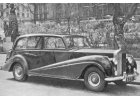 |
|
1959 - 1965
For the £9,000 price tag you didn't simply ride in comfort and enjoy plenty of standard kit, moreover it was the way you felt and the uplift to the morale, enabling you to make bigger, better decisions, ignoring the trivialities and diversionary influences. More >> |
 |
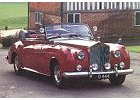 |
|
1959 - 1965
Available from 1957, the Silver Cloud Long Wheel Base
(lwb) was designed to be Chauffeur driven, with its four
inches of extra length allowing for a glass division to
be fitted behind the front seats. More >> |
 |
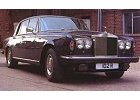 |
|
1965 - 1980
Launched in 1965 the Silver Shadow represented a massive
leap forward for Rolls-Royce. The new car had an all new,
modern monocoque bodyshell, hydraulic, self levelling
suspension and all round, split circuit disc brakes. More >> |
 |
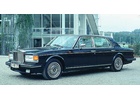 |
 |
1965 - 1980
The 1980 Rollers were longer, lower and wider than their preedecessors, but it is of note that they were 're-skinned' models using the pushrod ohv light alloy V8 engine that had by then now powered three diffferent marks of Rolls-Royce car products. More >> |
|
